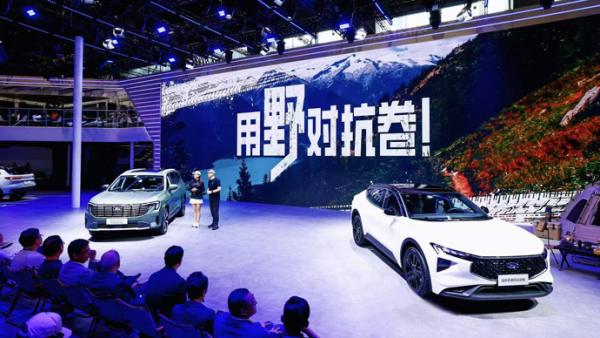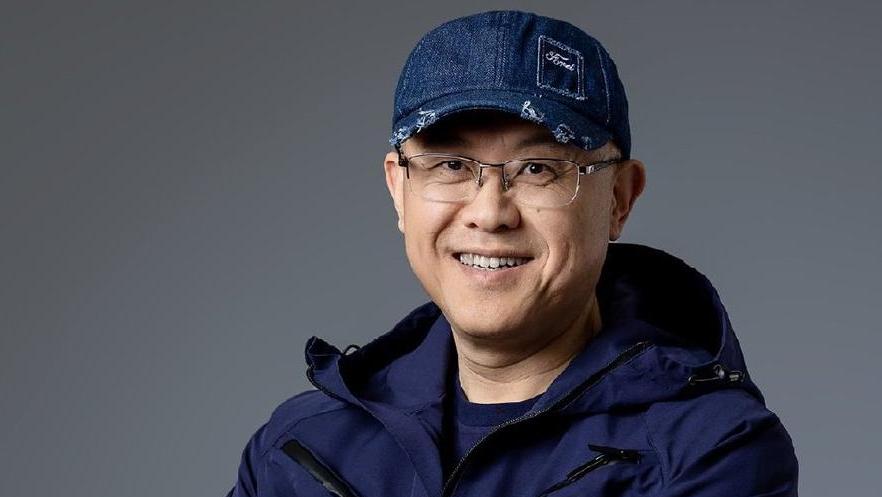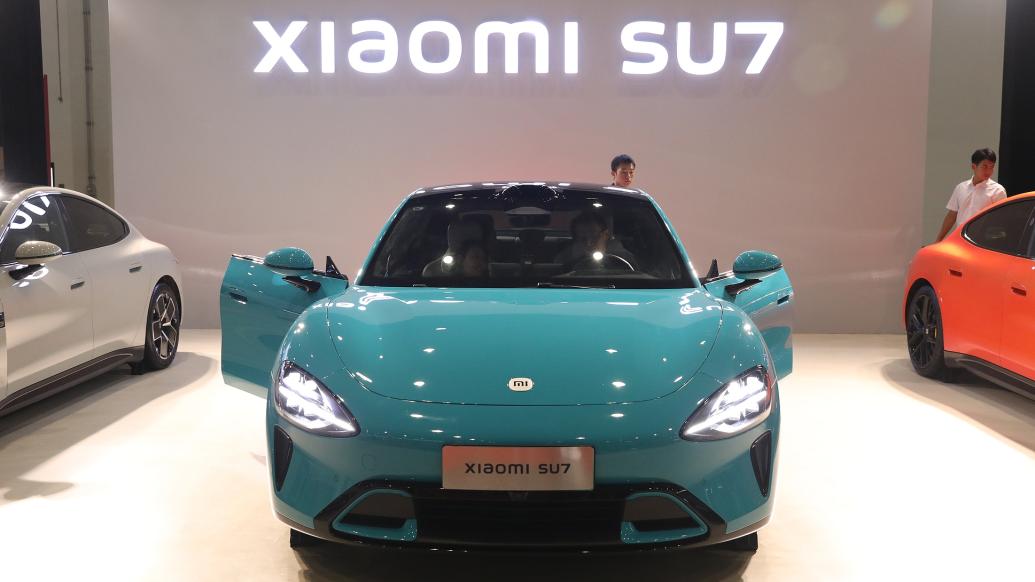
As the sales of Changan Ford plummeted from an average of 80,000 units per month in 2016 to 16,623 units in August of this year, it reflects the struggles faced by the second-largest American automobile manufacturer in the competitive Chinese market during the electric era.
Ford's Global CEO Jim Farley recently stated on the CCTV 4 channel program "Today Asia": "Coming to China, I realized how far behind we are."
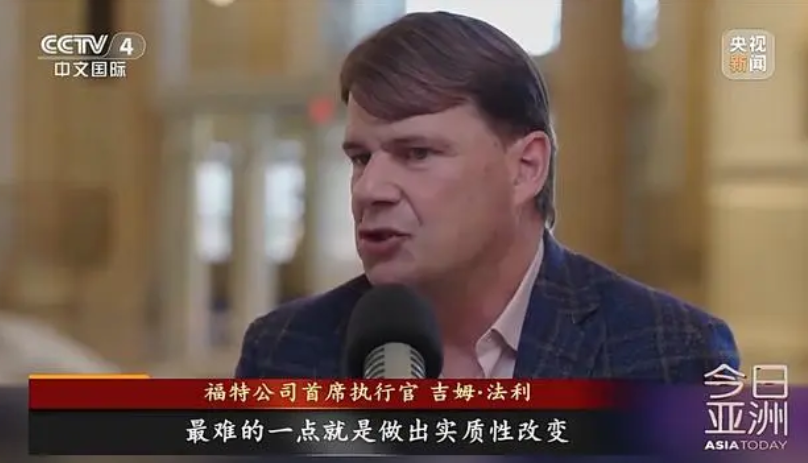
In fact, after Farley's visit to China in 2023, he developed a strong sense of anxiety. Reports indicated that after test-driving electric vehicles from Changan Automobile, Ford's joint venture partner, he remarked, "They've surpassed us." This electric vehicle was significantly ahead of Ford in terms of driving quality and technological features, and in Farley's view, this advancement represented a "survival threat."
Upon seeing BYD's Sea Lion 07, they immediately understood why Ford's prideful "Mustang" Mach-E only sells in double digits in China. Whether it’s the lively "little rabbit" on the Ford blue logo or the electric horse on the Mach-E, both have become lifeless in the face of the "wolf pack" survival threats in China.
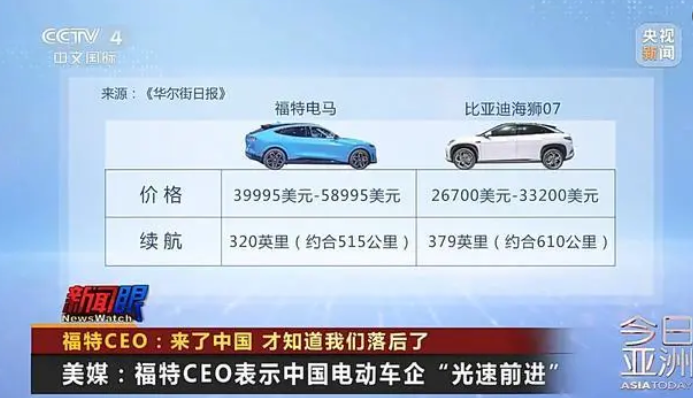
Americans are puzzled as to why, although everyone is producing electric vehicles, Chinese companies can offer them at such lower costs. During his visit, Jim Farley arranged for several Chinese brands' electric cars, like Xiaomi and Li Auto, to be shipped to headquarters for local colleagues and engineers to experience and study.
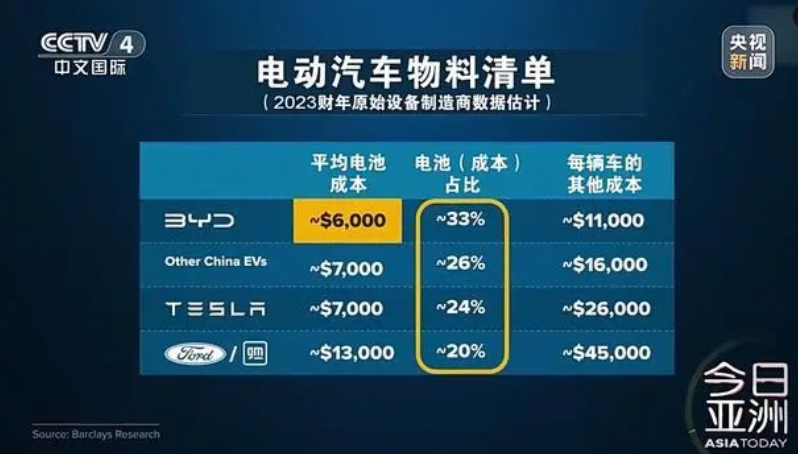
After multiple visits to the Chinese market, Ford has fully recognized that Chinese electric vehicles are advancing at "light speed," utilizing AI and a host of other new technologies, while the U.S. is struggling to find similar products. Chinese automakers, through efficient industrial chains, are providing better products at lower prices and quickly capturing overseas markets.
According to public data, the share of Chinese electric vehicles in Europe has reached 10%, while just two years ago, this figure was nearly zero. In the first quarter of this year, China's market share for electric vehicles in Brazil was 88%, and in Thailand, it was 70%.
Indeed, Jim Farley visited China in 2023 and again in April this year. After returning, did Ford make any changes? There have been changes, but not the anticipated "striving to catch up with Chinese electric vehicles." Instead, they have redirected their focus: on one hand, avoiding the mainstream electric vehicle market and turning to small electric vehicles to prevent direct competition with Chinese rivals; on the other hand, retaining internal combustion engines and focusing on technological upgrades in "non-electrification directions."
In June of this year, according to foreign media reports, Ford was preparing to launch a new, lower-priced electric vehicle. Ford has begun recruiting engineers from Tesla, Apple, and Rivian to form a new team to develop low-cost electric models. However, at the same time, disappointing second-quarter financial reports led Jim Farley to have a more sober understanding of their electrification strategy: they would not rush the launch of small electric vehicles, as he noted, "We just faced reality. If I can't make a profit in the first 12 months, I won't launch any vehicles."
Ford's financial report showed that in the second quarter, Ford's electric vehicle sales totaled 26,000 units, with an average loss of $42,300 per electric vehicle. In the first half of the year, they sold 36,000 electric vehicles, losing $69,400 on each sale. Under the dual pressure of falling industry prices and declining wholesale volumes, Ford predicts that losses in its electric vehicle segment will range between $5 billion and $5.5 billion in 2024.
Ford's predicament in China essentially stems from its lag in electrification. As Ford's premium sub-brand, Lincoln has similarly faltered in the Chinese market, following Ford's slow electrification pace.
From January to August of this year, Lincoln's sales in the Chinese market were approximately 36,000 units, with an average monthly sales figure of 4,500 units. If this trend continues, Lincoln China’s total sales this year will be around 55,000 units. In comparison, Lincoln China sold about 73,000 units in 2023 and 79,000 units in 2022.
Despite the charisma and eloquence exhibited by Ja Mingdi, a well-known manager who transitioned from SAIC Volkswagen to Lincoln, at the Beijing Auto Show in April, showcasing "timeless luxury," it's a classic case of "a skilled cook cannot make a meal without rice."
Since launching the domestically produced Lincoln Z in March 2022, Lincoln has not introduced any new models, only performing yearly updates on existing models like the Corsair, Nautilus, and Aviator. In terms of electrification, although the Corsair, Aviator, and Lincoln Z offer hybrid options, their impact is minimal.
Ford had previously proposed a transformation plan for the Lincoln brand, intending to launch five fully electric SUVs by 2026. However, due to the aforementioned reasons, this plan has been delayed.
It is well-known that Lincoln does not have a dedicated R&D department for the Chinese market; its products rely on the introduction of global models. Therefore, Lincoln's competitiveness in the Chinese market largely depends on whether the product strength from Lincoln's U.S. headquarters can appeal to Chinese consumers.
Clearly, this is becoming increasingly challenging.
Indeed, the ability to adjust the support angle of seats with two independent legs highlights Lincoln's luxury foundation, but against the backdrop of the absolute spaciousness and various queen seats of Chinese smart electric vehicles, along with the many "localized details" and endless displays of 8295P, Orin X, and end-to-end smart driving solutions in new car launches, the perception of Lincoln's luxuriousness does not stand out.
Although currently falling behind, the Lincoln brand remains steadfast in its identity.
After reassessing the market demand for electric vehicles and its strategic planning, Lincoln has decided to continue incorporating traditional powertrains in its lineup, avoiding an aggressive electrification route, and instead focusing on integrating other high-tech features to enhance the overall attractiveness of its vehicles.
Lincoln's President, Diane Craig, believes: "We need to listen to what our customers need. For instance, clients of the Lincoln Navigator often carry heavy loads and passengers, so a battery isn't as significant. We won’t make any specific significant announcements regarding the brand’s electrification direction until we truly understand what our high-quality customers want."
For North American automakers, including Ford and Lincoln, the priority of hybrid and internal combustion vehicles far outweighs that of purely electric vehicles. In line with their philosophy of "making what customers want," Lincoln is correct in prioritizing the development of new vehicles primarily powered by internal combustion engines in the U.S. However, as mentioned earlier, Lincoln China's product line largely relies on the global product line transfer, meaning it currently cannot keep pace with the Chinese market's demands for electrification and intelligence.
For Ja Mingdi, President of Lincoln China, he faces an unsolvable problem. After all, the gap between "Lincoln's luxury" and the "luxury expected by the Chinese market" is not just a matter of a marketing plan, but a product strength disparity measured in "generations." There is, after all, a vast "Pacific Ocean" separating Lincoln's headquarters' "user thinking" from the demands of Chinese consumers.
Ja Mingdi has previously stated, "Lincoln is a small but beautiful and refined brand." To some extent, this is a resignation of the desire for significant sales growth for Lincoln.
From Lincoln to Ford, these two mainstream brands under the second-largest American automaker are increasingly losing their mainstream status in the Chinese market.
